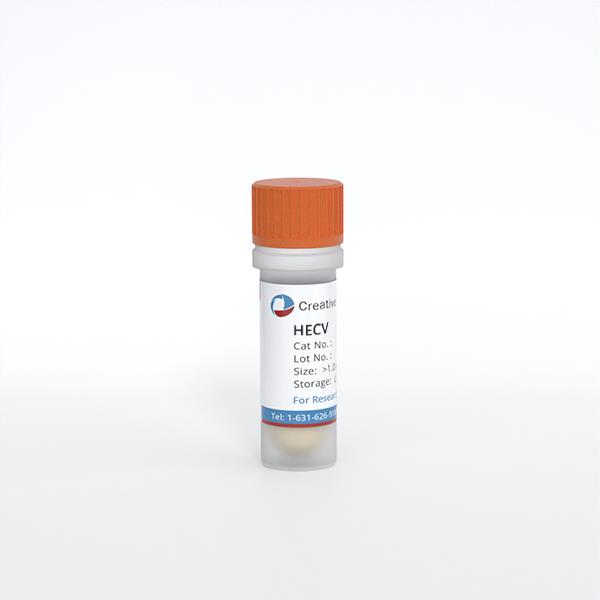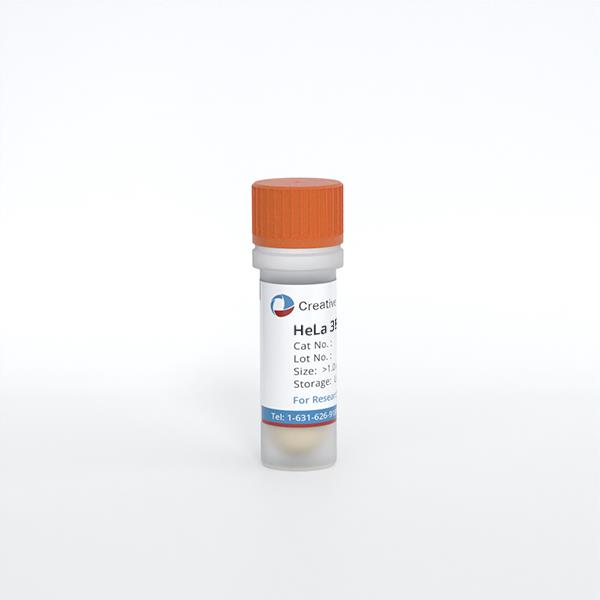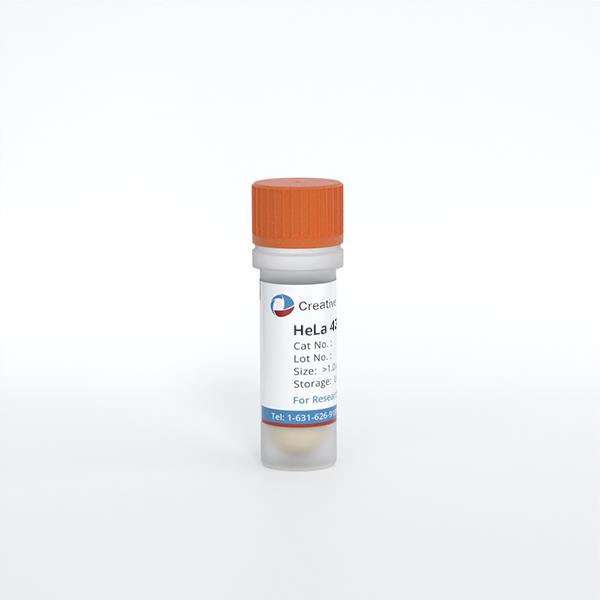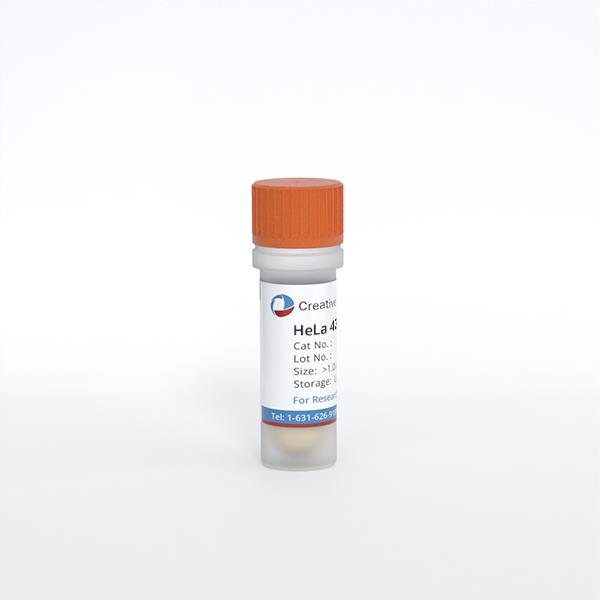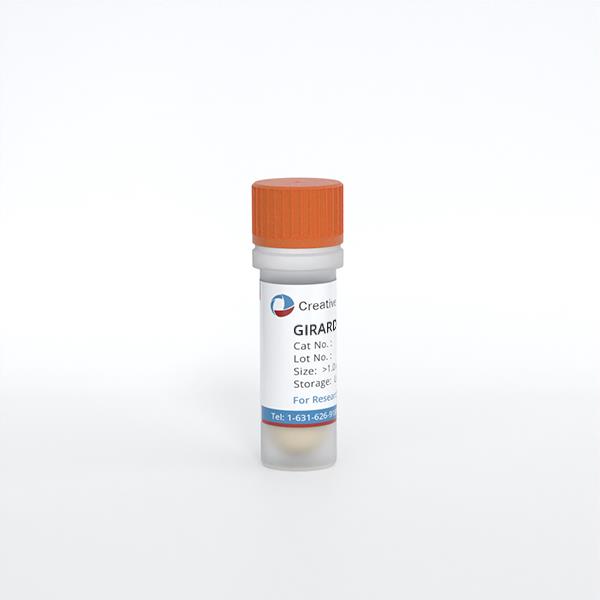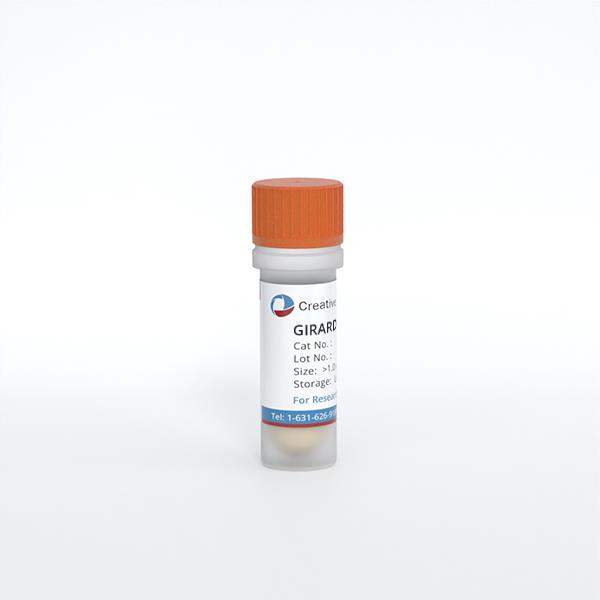Featured Products
Our Promise to You
Guaranteed product quality, expert customer support

ONLINE INQUIRY
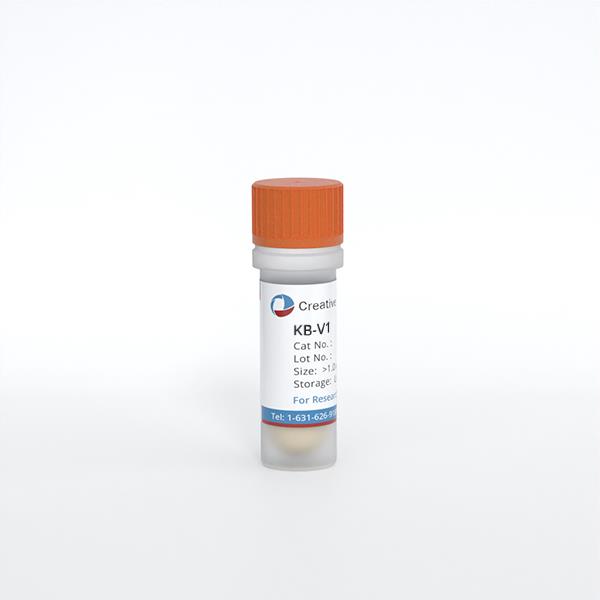
KB-V1
Cat.No.: CSC-C6212X
Species: Human
Source: cervix carcinoma (derivative of HELA)
Morphology: epitheloid-like, sometimes round cells growing in loosely adherent monolayers when vinblastine is present
Culture Properties: monolayer
- Specification
- Q & A
- Customer Review
Immunology: cytokeratin +, desmin -, endothel -, GFAP -, neurofilament -, vimentin +
Viruses: ELISA: reverse transcriptase negative; PCR: EBV -, HBV -, HCV -, HHV-8 -, H
Current research focuses on identifying molecular mechanisms of lymph node metastasis, developing imaging techniques for early detection, and exploring targeted therapies to prevent metastatic spread.
Ask a Question
Average Rating: 5.0 | 1 Scientist has reviewed this product
Exceptional performance
The cell biology products demonstrated exceptional performance, allowing for precise and accurate cell culture maintenance and experimentation.
02 Oct 2023
Ease of use
After sales services
Value for money
Write your own review
- You May Also Need

